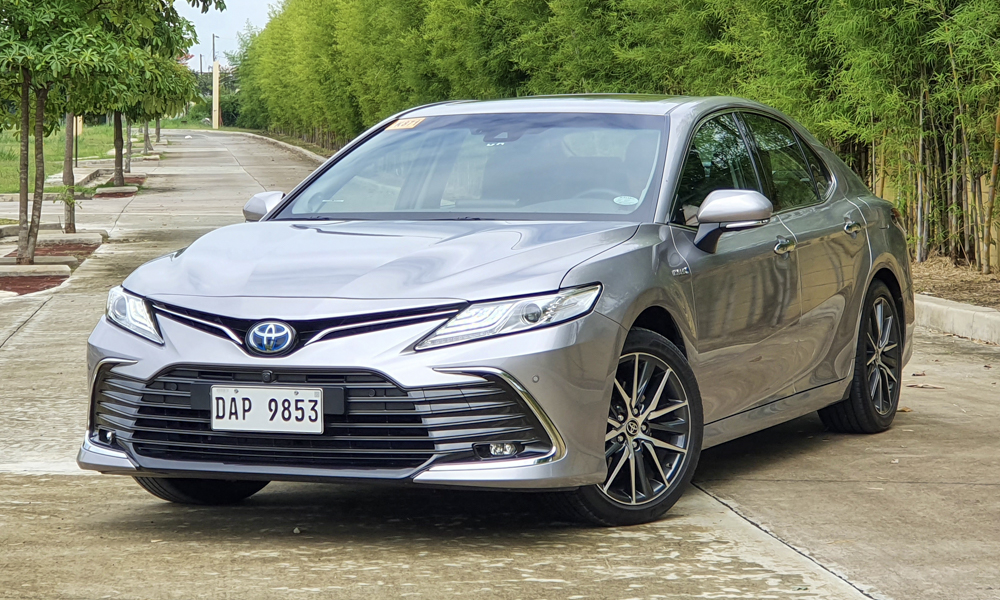
Even with the widespread adoption of hybrid cars, I have always been skeptical about them. These are more complex machines than regular gasoline vehicles because of the piston engine and the electric motor, and the device that splits the power between them. Furthermore, in the Philippines, hybrids are significantly more expensive than their conventional counterparts.
I remained skeptical even after having a go at the Corolla Altis Hybrid for a few hours. However, a colleague who had reviewed the Corolla Cross Hybrid couldn’t stopped raving about the vehicle. Each time we’d talk about the experience, his eyes would light up as if having that car was one of the best things that happened to him. In addition, a neighbor bought the Corolla Cross as well, and he only had nice things to say about it.
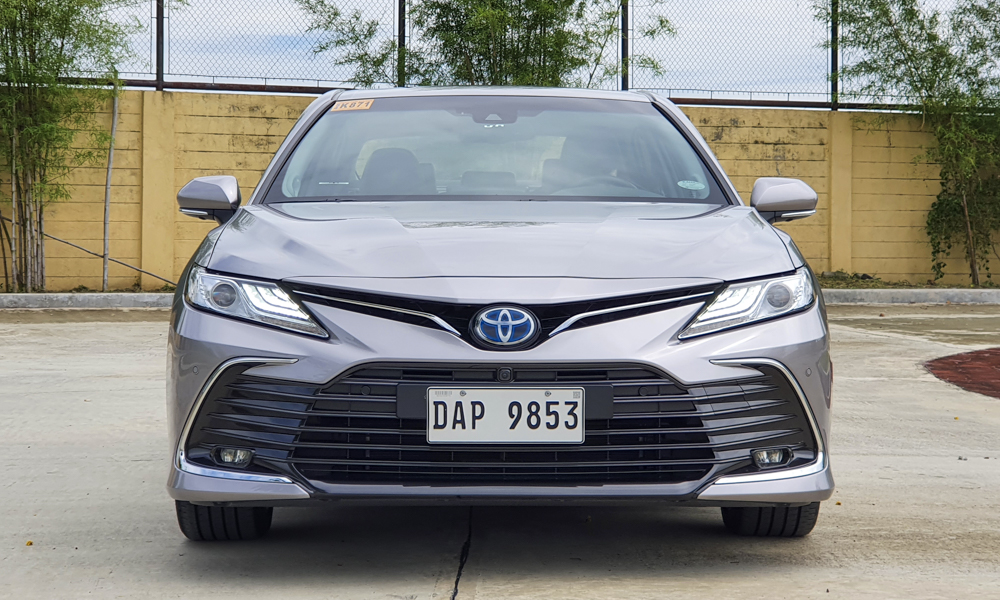
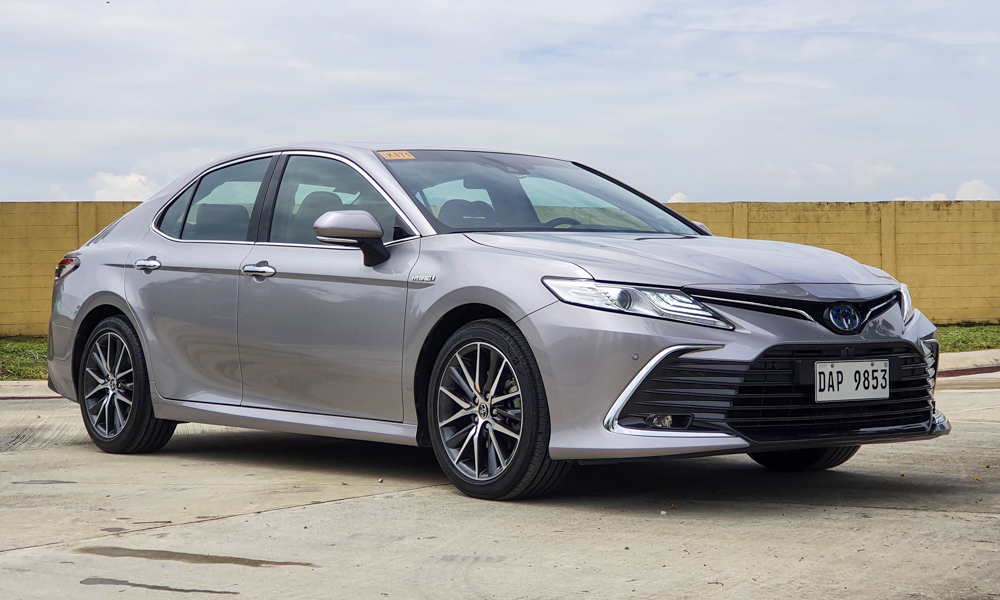
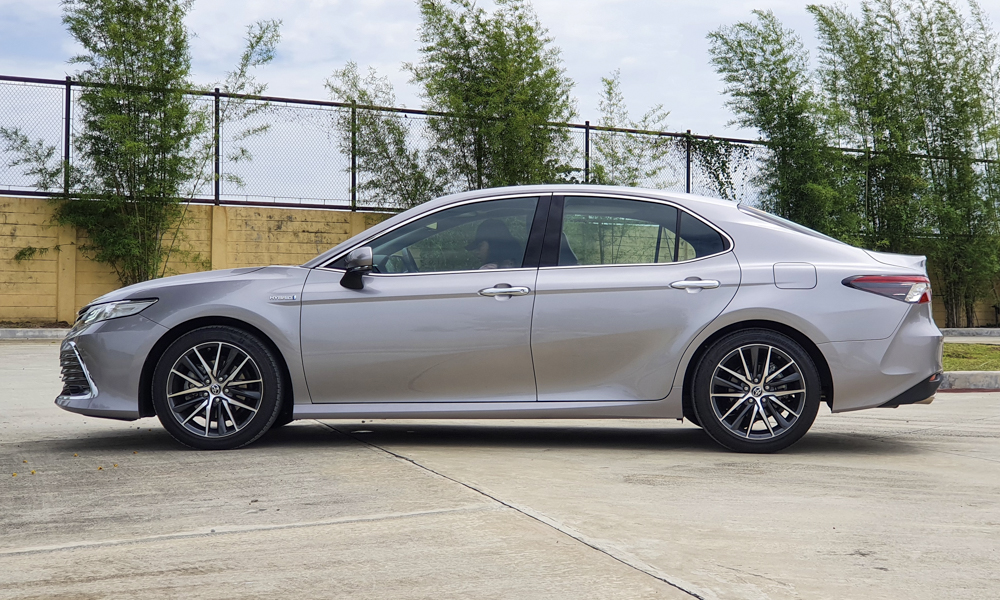
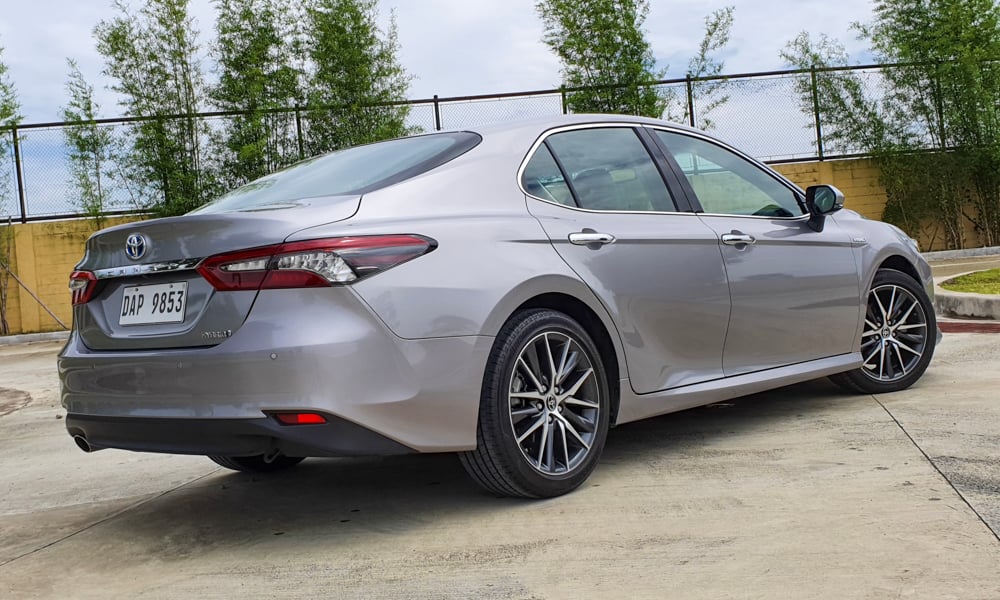
Those two people piqued my interest, so I started to look for opportunities for me to have a deeper look into hybrids. And with Toyota somehow being the pioneer of such vehicles in the country, I had my sights on one of its cars. I had mulled borrowing the Corolla Altis, but changed my mind when the Camry Hybrid was launched.
The Camry was my late mother’s dream car. Even during the days when almost every car company sold midsize sedans, she always thought that Toyota produced the best of the bunch. Sadly, I never got to borrow one when she was still alive. In order to make amends, I set out to see why the Camry was so special to her.
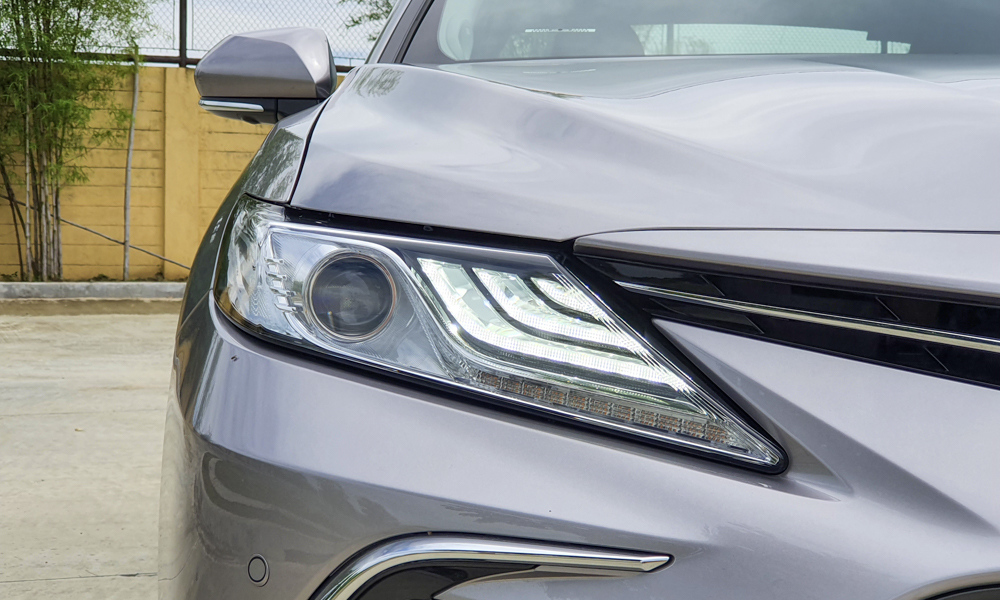
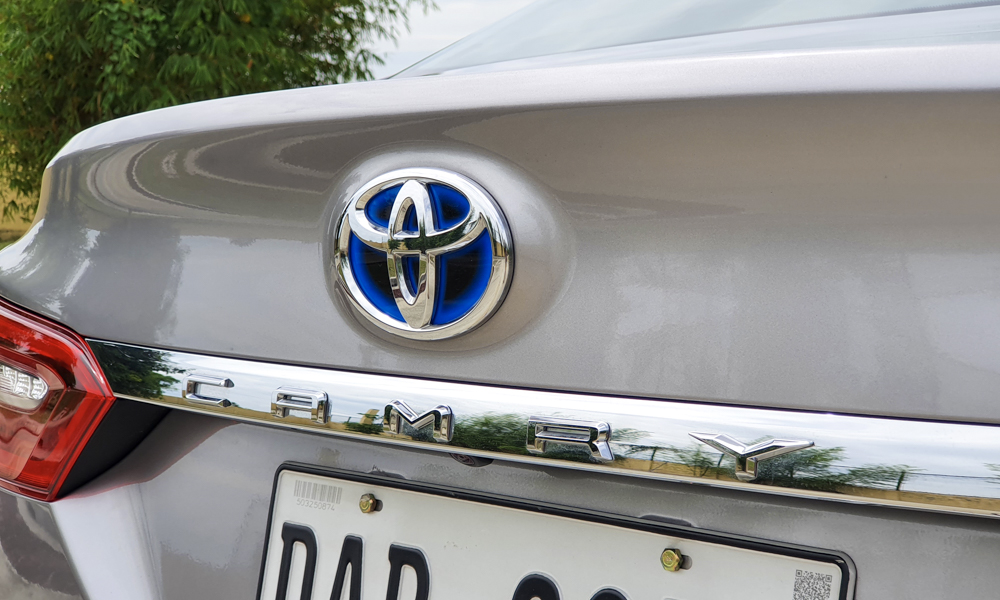
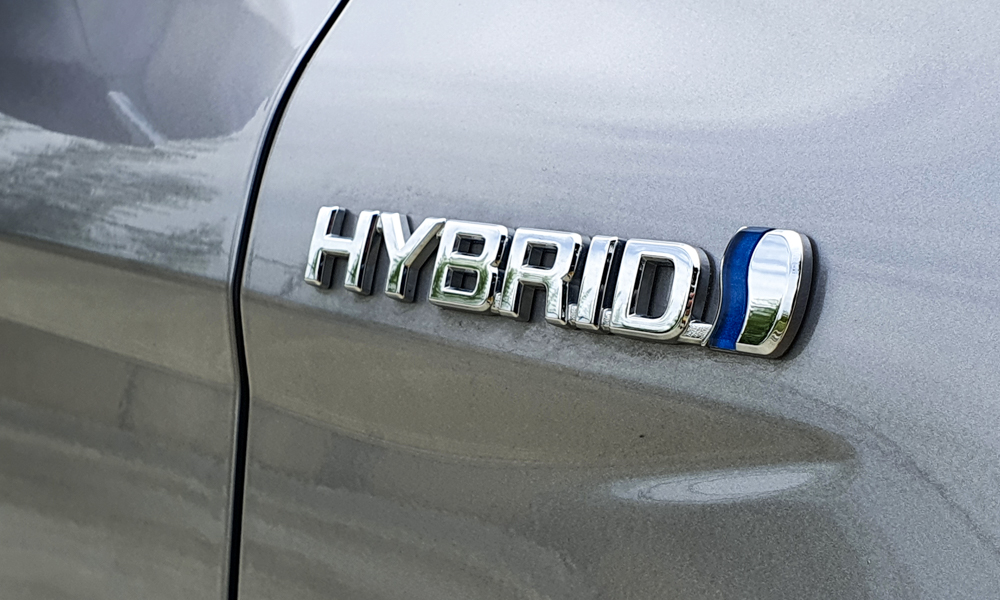
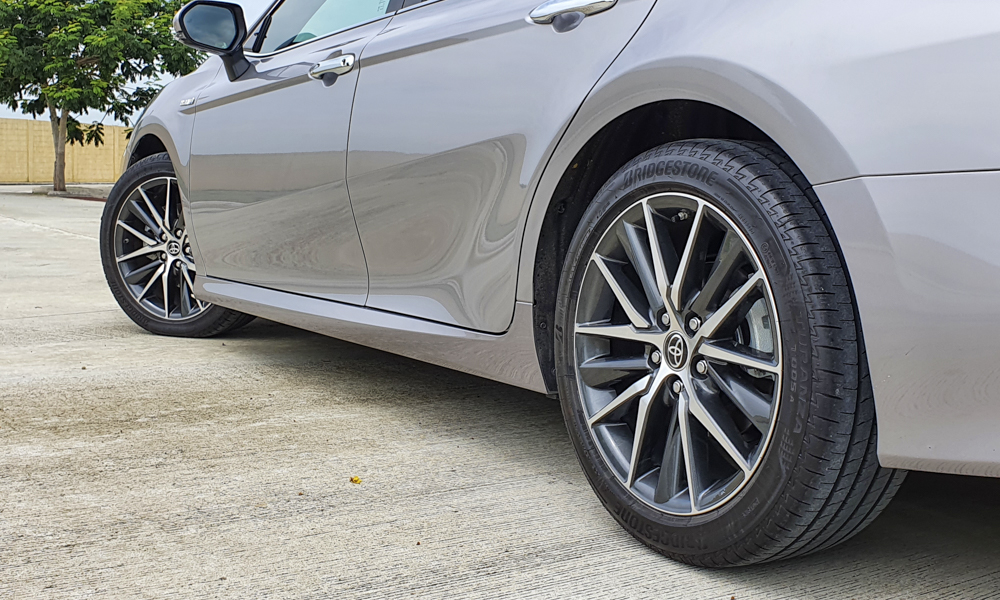
We’ve already had an in-depth look at the Camry right here, so I’ll go straight to the things that I thought my mother would’ve really liked in this car. For one, rear passengers can recline their seats. To my knowledge, not even European luxury cars that are twice as expensive have such a feature. In addition, the armrest has a touchpad that controls the radio and the air-conditioner. The back windows even have sunshades to make the cabin a little more private.
While the Camry wouldn’t mind crawling in rush-hour traffic, it’s more at home out on the open road doing the legal speed limit. Road noise doesn’t penetrate the interior too much, and the leather upholstery feels more premium than the ones found in less-expensive models. NVH insulation is excellent as the sharp sounds of expansion gaps and potholes are significantly muffled. My mother loved to travel, and she would’ve immensely enjoyed going somewhere far with the Camry.
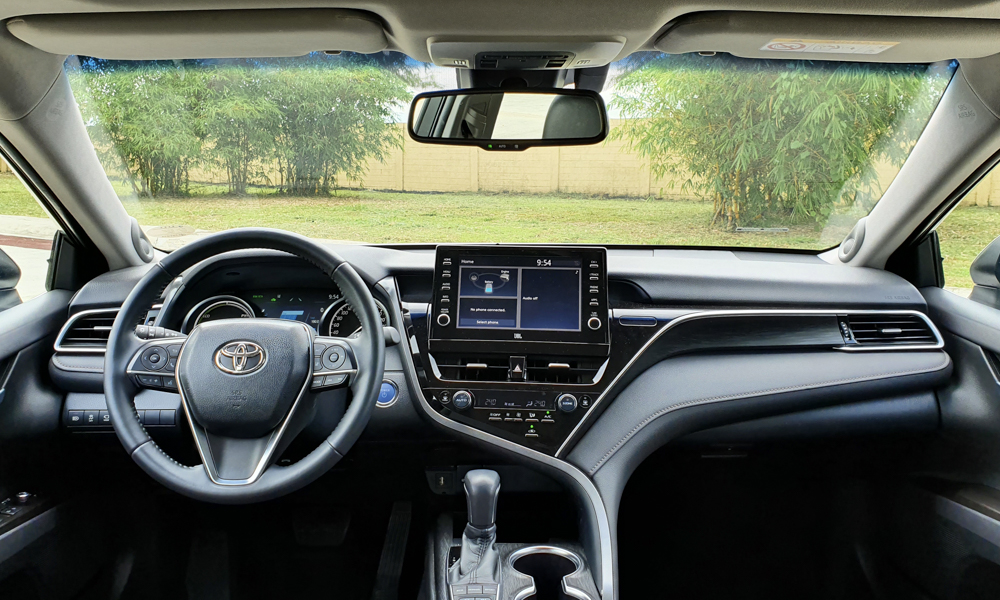
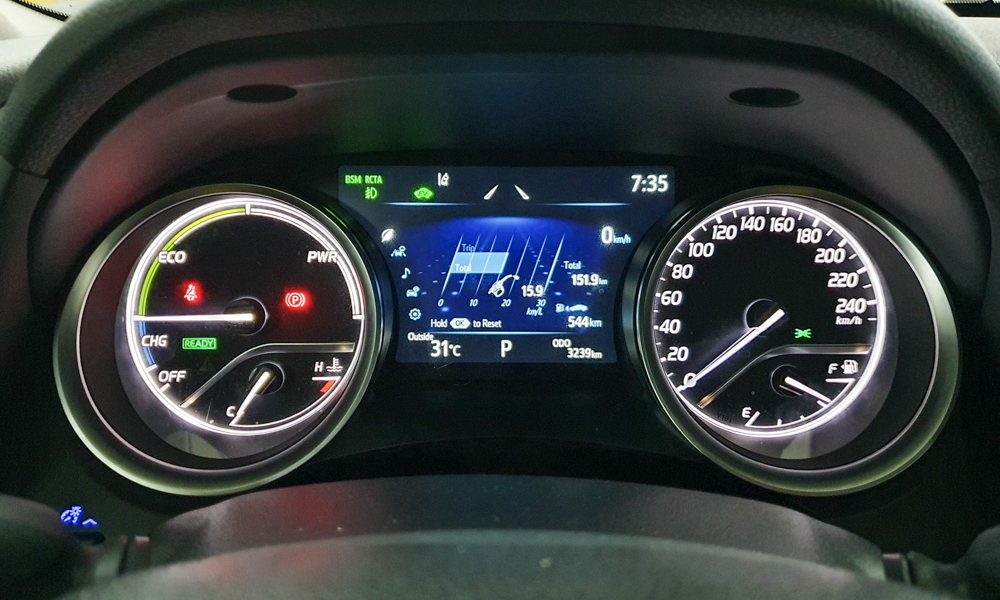
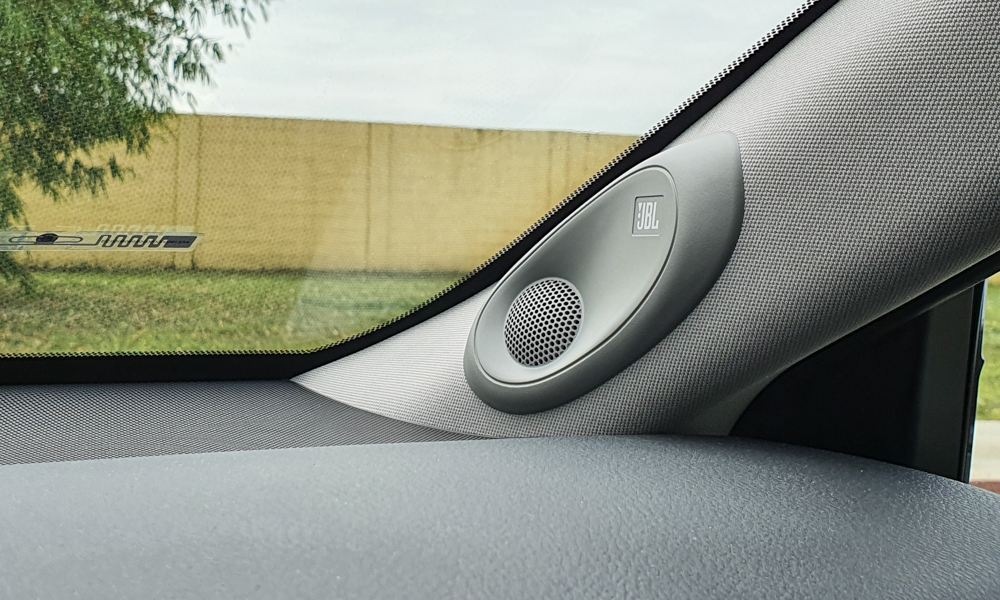
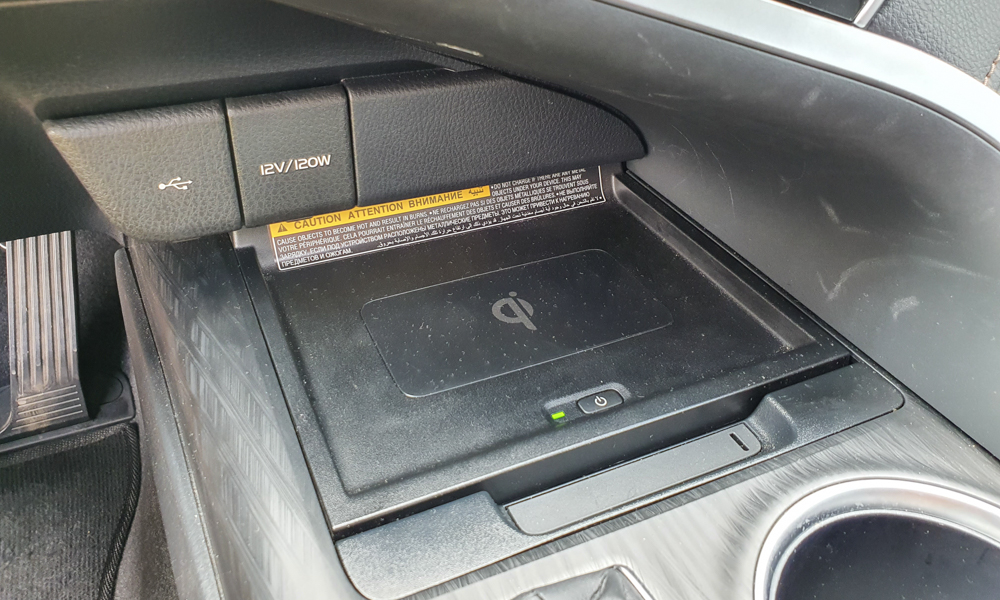
As for me, I had expected the Camry to behave more like a commuter car. But the Toyota New Global Architecture treatment has given it some zing that shines when being driven briskly. The Camry responds smartly to steering input, thanks to the lack of play in the rack. I initially found the cockpit a little tight for an executive sedan, but the snugness eventually made the car somewhat feel like an extension of my body. It is still not a machine that will be happy diving into corners at speed, but the latest Camry is definitely more confidence-inspiring than previous generations.
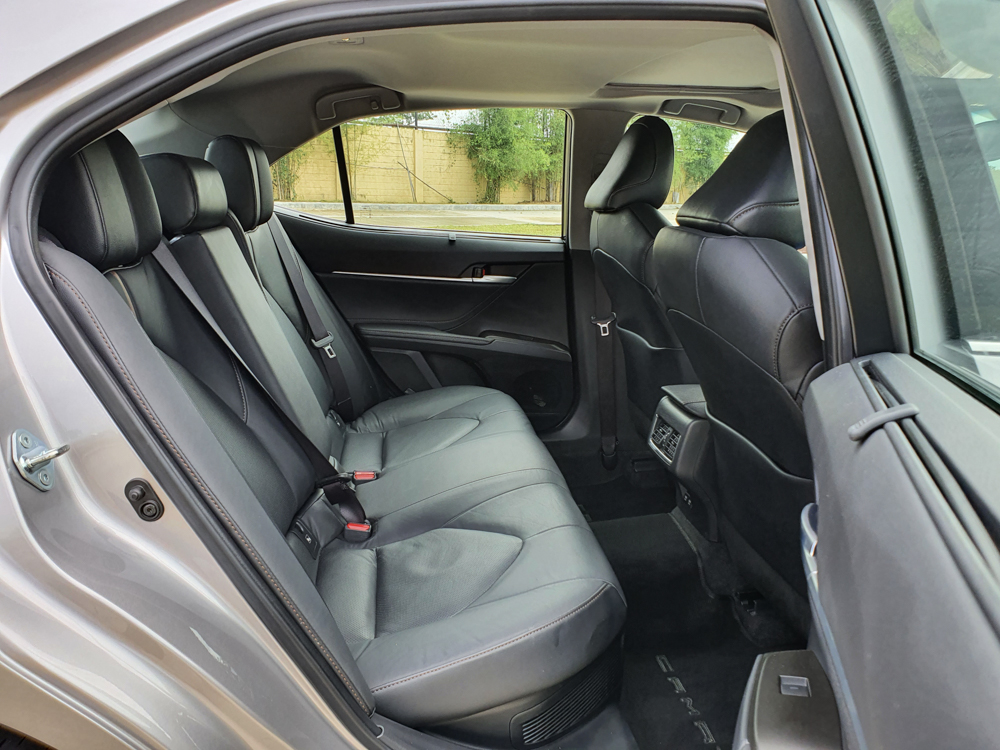
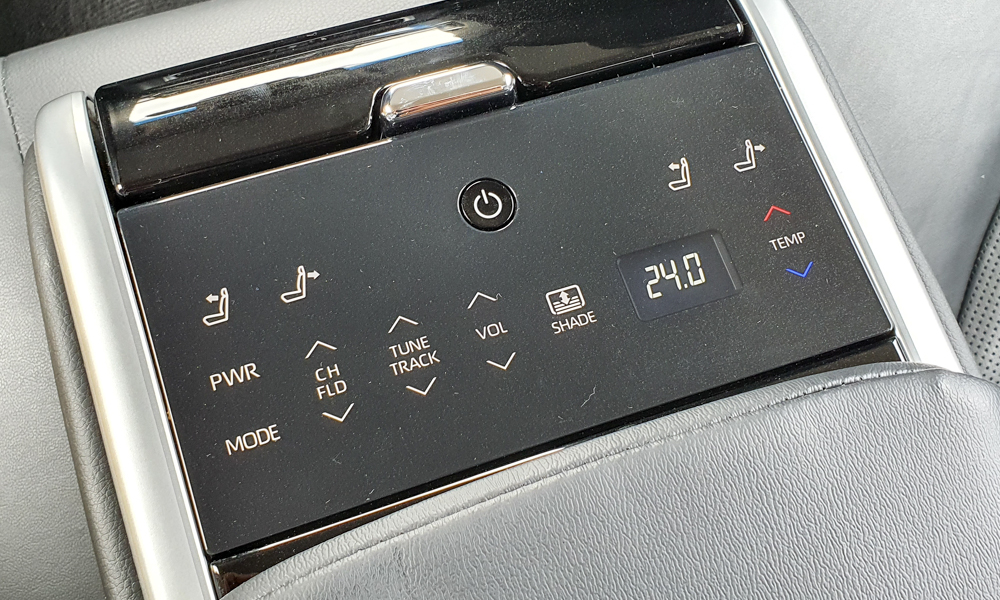
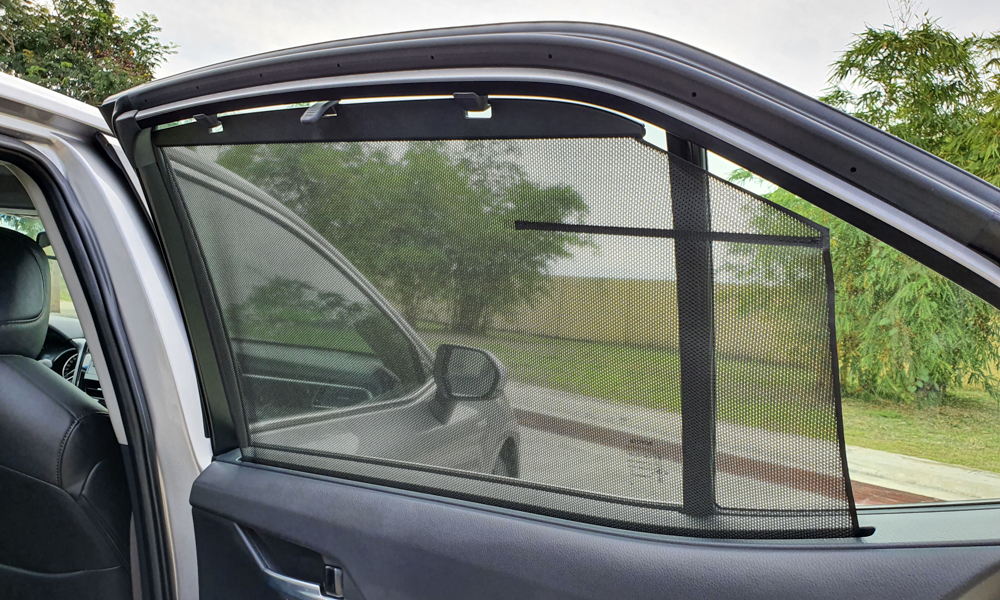
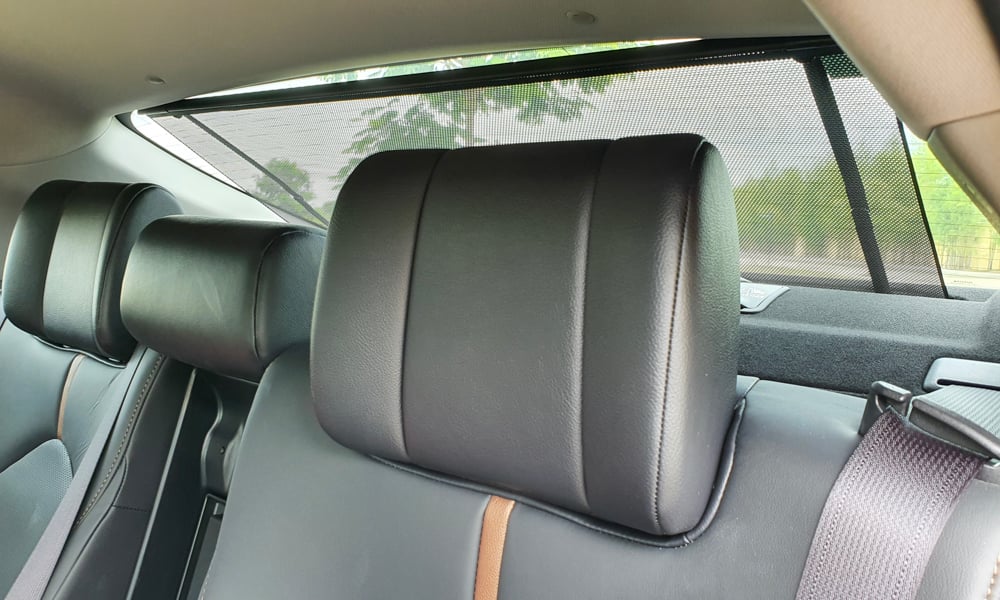
Now, let’s get to the bit that I was extremely skeptical about. The Camry Hybrid is powered by the 2.5-liter A25A-FXS engine paired with an electric motor. The powertrain’s state can be monitored by a gauge where the tachometer would normally be, and a status page on the infotainment system. These indicators will tell you if the car is running on gasoline or the battery, or a combination of the two.
Toyota can boast fuel-economy figures all day long, but I’ve always found those numbers a little dubious. I wanted to see for myself if the powertrain’s performance is good enough for me to actually recommend the car or consider owning one.
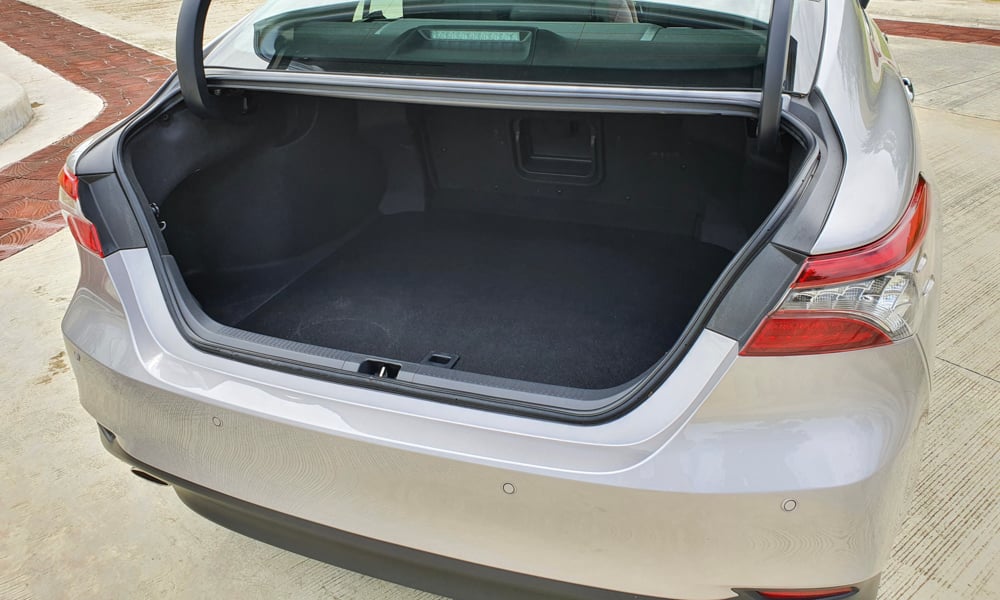
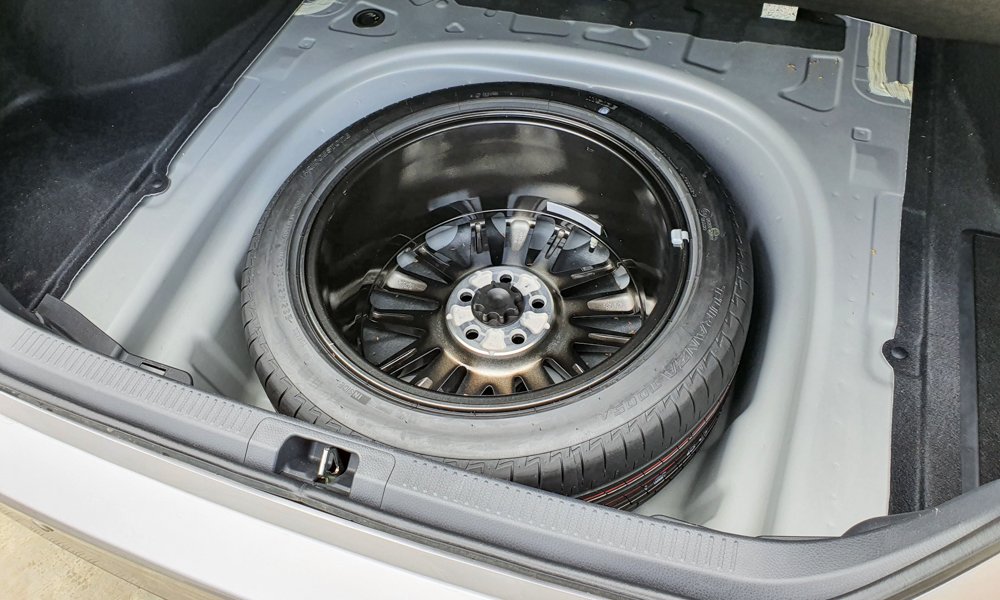
I subjected the Camry to a trip that would make even the smallest econobox drink fuel like a V8: Quezon City to Taguig during afternoon rush hour in the rain without using the expressway. When traffic was at walking pace, I noticed that the car would attempt to function in electric mode for as long as possible. That was confirmed by the status gauge, and the lack of vibration made it evident that the gasoline engine wasn’t running.
During those phases, all the electrical accessories were working normally. The vents were blasting ice-cold air, so the compressor wasn’t running at reduced capacity. It also didn’t feel like I was driving a different vehicle as I was able to creep by feathering the brake pedal. The engine starts when the speed goes above 50km/h or the charge goes below 40%, and turns off after the battery is topped up just enough to keep the accessories operational.
It’s both weird and amazing because this is one of the few cars where the fuel-economy readout keeps rising the more you spend time crawling in traffic. During that trip, that number went as high as 17km/L. That’s incredible, when you consider that the Camry offers more space and toys than a typical family hatchback.
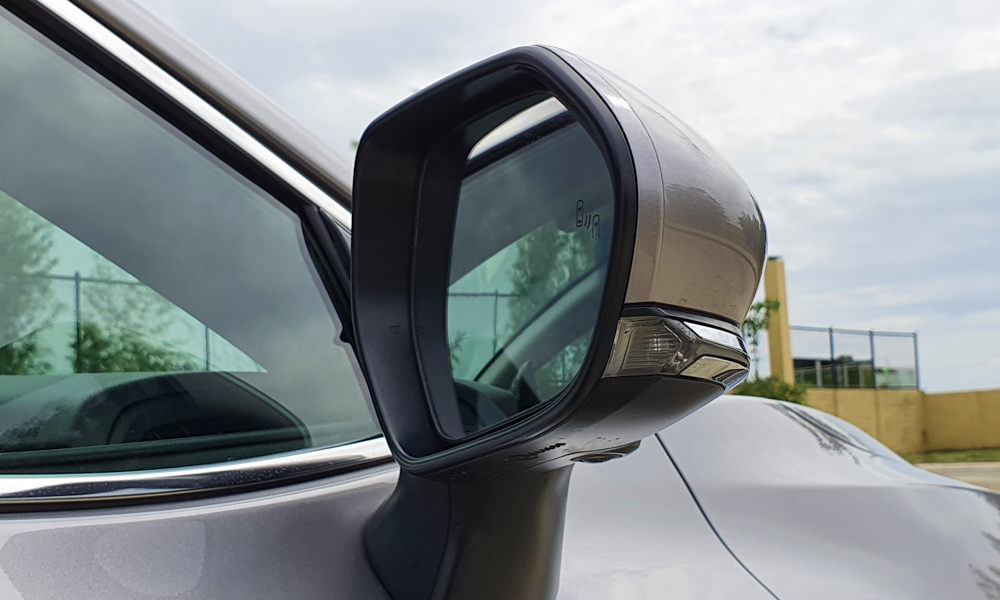
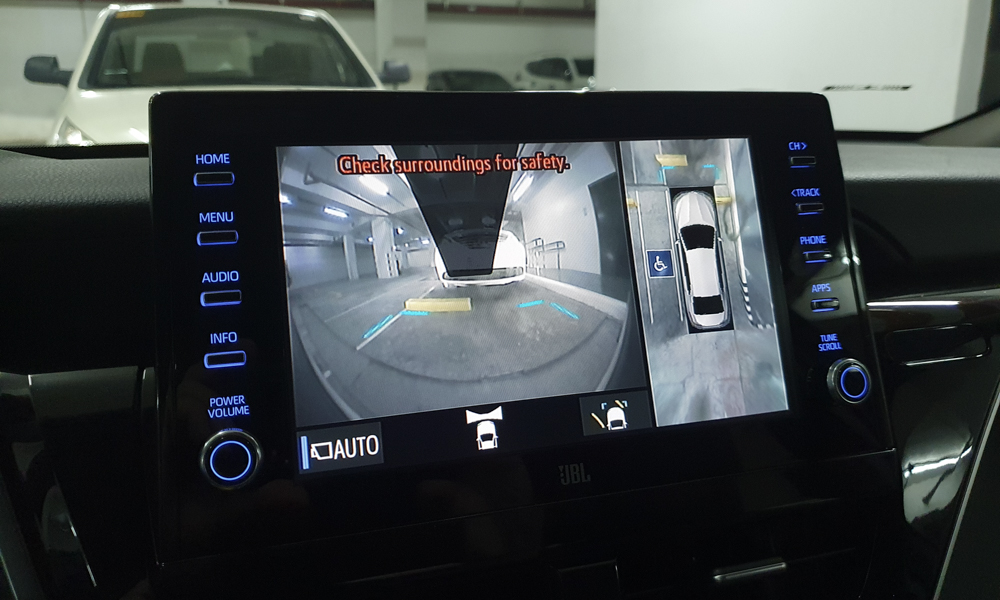
It doesn’t even sacrifice anything in the way of straight-line performance. The combined system output is a modest 176hp, but the Camry had no difficulty getting up to the century mark. Additionally, it is a car that can change the way you drive. I found myself playing a little game of how long I could coast in order to activate regenerative braking. Long after I returned the Camry, I still practice the same technique in my diesel-fed personal vehicle.
I clocked just under 300km in the Camry, driving it on a mix of city roads and expressways. At the point, the fuel gauge showed that it was still 75% full—very remarkable considering that a regular gasoline car of its size would struggle to reach that distance on a full tank. Theoretically, it could do close to 1,000km before running on fumes. With diesel being more expensive these days, the Camry might even be a better buy than a similarly priced oil-burning SUV.
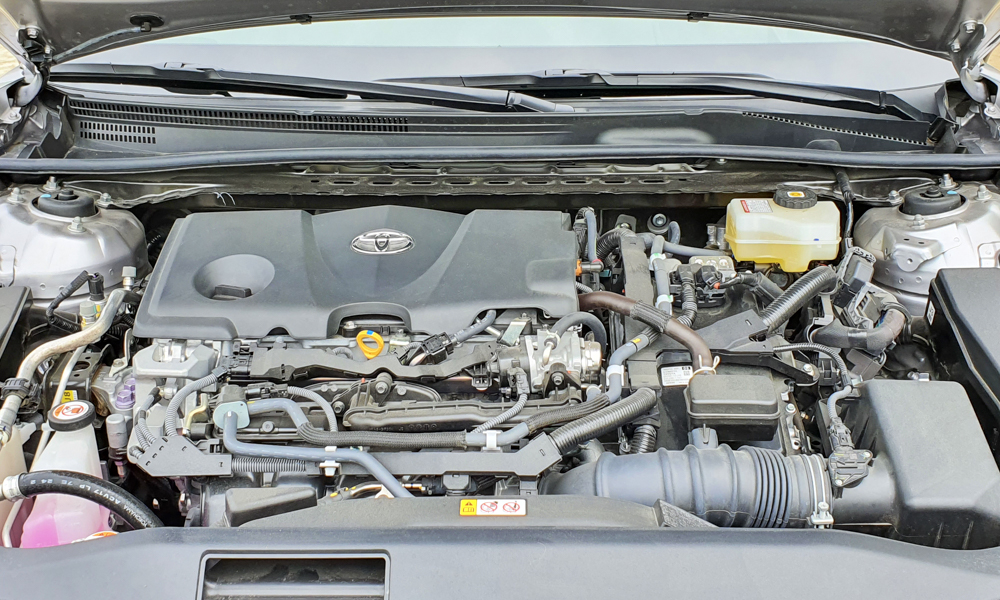
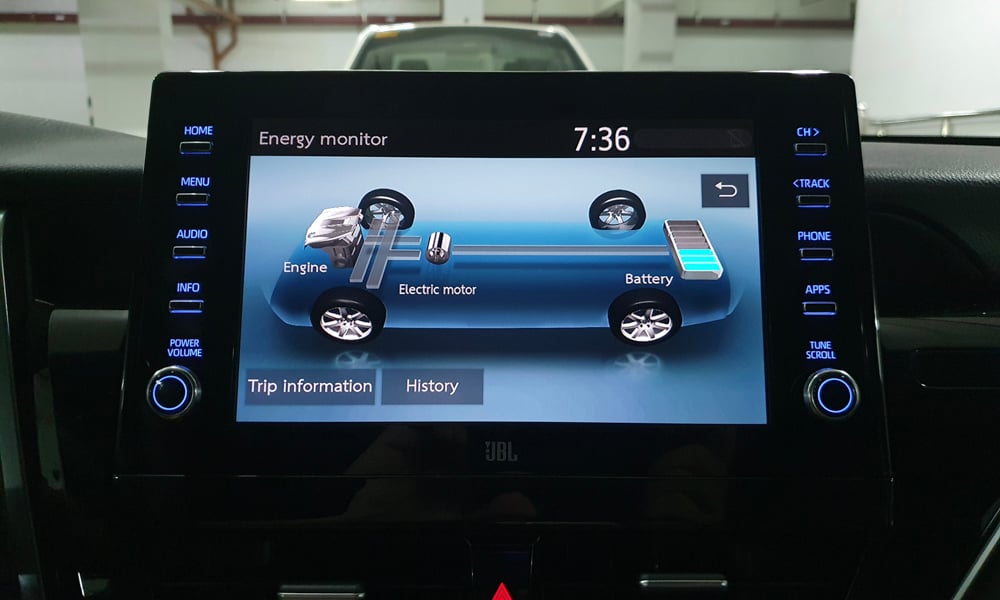
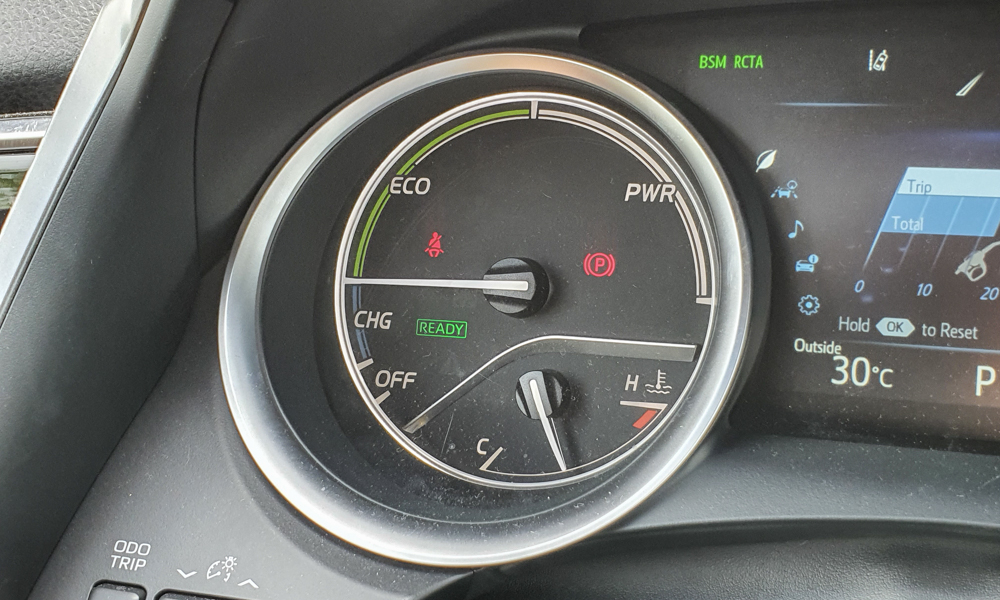
Speaking of prices, the SRP of P2,355,000 is still a little hard to swallow. But I now found myself recommending the Camry (and hybrids in general) to those who could afford it. Toyota Safety Sense is also standard equipment, so that should be plus points for customers looking for a reliable and secure family ride. As for me, I’m no longer skeptical about hybrid cars. I’m extremely grateful to have been proven wrong, and I truly hope that these vehicles become more affordable in the future.
TOYOTA CAMRY 2.5V HYBRID
| Engine | 2.5-liter four-cylinder gasoline with electric motor |
| Transmission | CVT |
| Power | 176hp @ 5,700rpm |
| Torque | 221Nm @ 3,600-5,200rpm |
| Dimensions | 4,885mm x 1,840mm x 1,445mm |
| Drive layout | FWD |
| Seating | 5 |
| Price | P2,355,000 (P2,370,000 for Platinum White Pearl Mica) |
| Upside | All the toys of a proper luxury car, with better efficiency than a city hatchback. |
| Downside | Even though the car has lower running costs, the sticker price is still steep. |


0 Comments